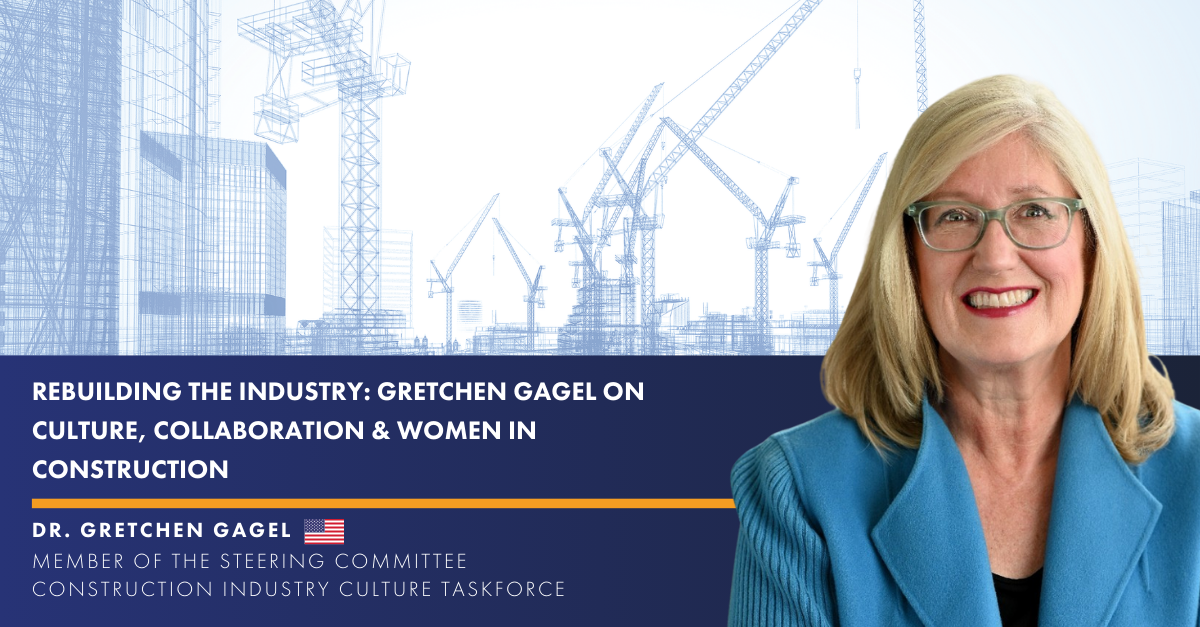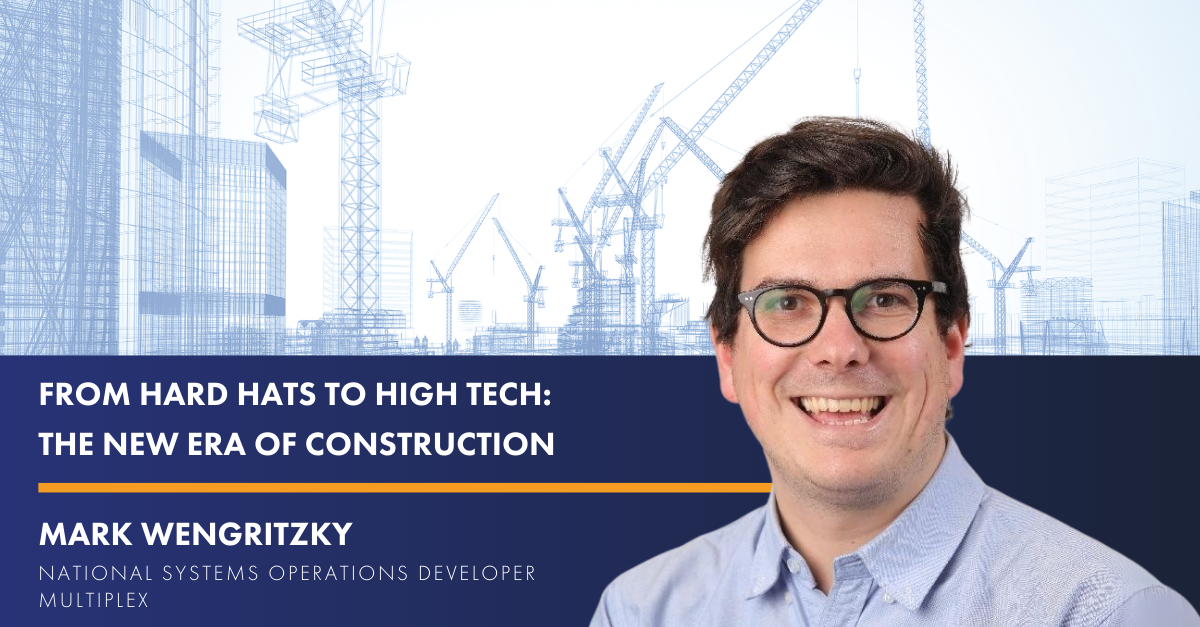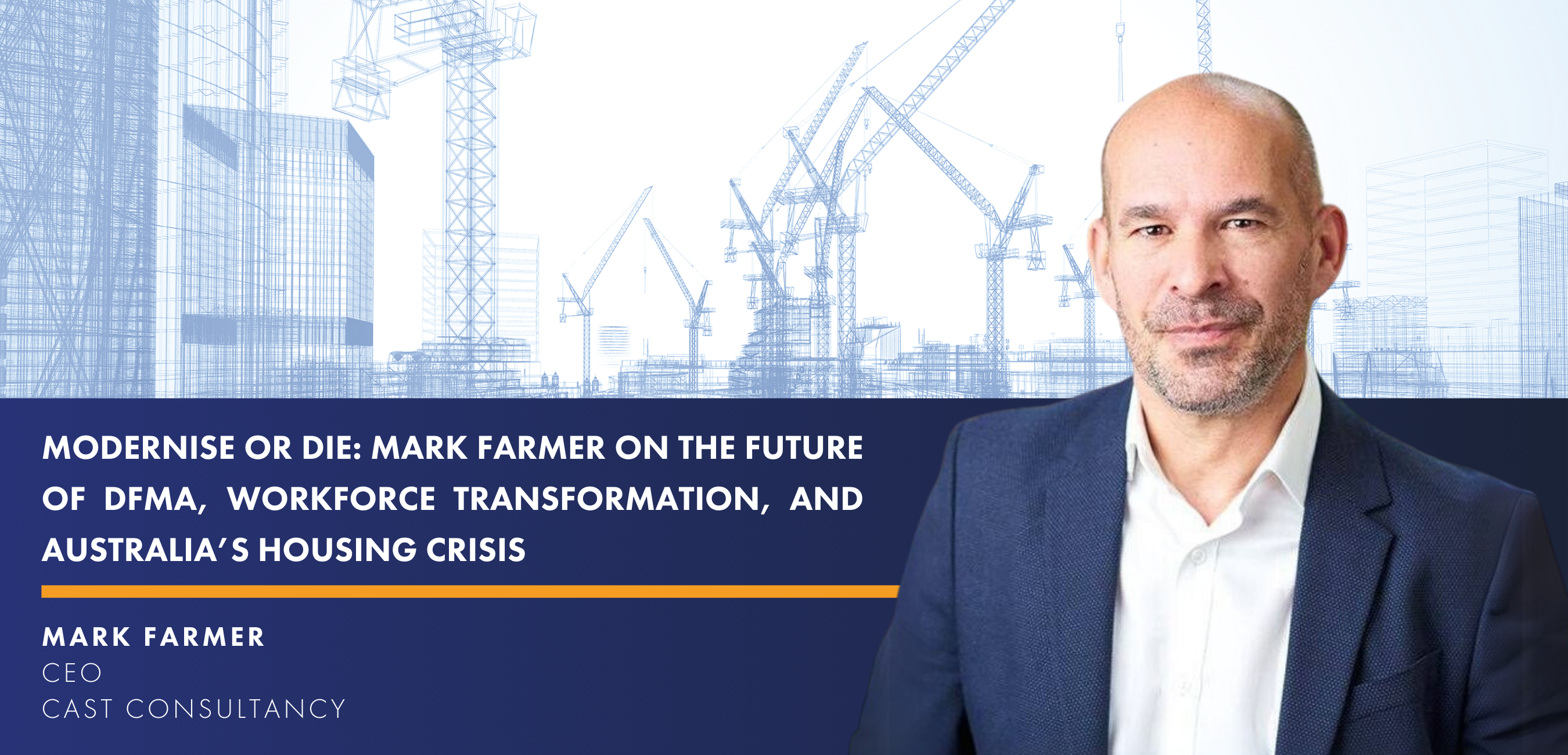ESG Baselines and Incremental Improvements for Buildings.
Environmental requirements and initiatives are trending up around the world and COP26 was just a recent example of the global effort to do better. Buildings are a large contributor to our carbon emissions problem but technology can make a big difference. We sat down with Trent Knox, CEO of EP&T Global to talk about how companies are working to understand their energy baselines, what improving them can mean to the environment and to back pockets, and more.
FuturePlace: What can you tell us about EP&T Global?
Trent Knox: EP&T works in large commercial real estate. We help owners and operators find the best way to ensure minimal energy loss and to optimize energy being used. We’re like a Fitbit for a building – in that we take readings from a number of different sources and advise on the best way forward. Our technology in buildings captures data which is then analysed by powerful algorithms. These algorithms are informed by our more than 25 years of knowledge and experience in asset management. Outcomes are substantial: we’re annually preventing around 100,000 tonnes of CO₂ from entering the atmosphere which is equivalent to taking 22,000 passenger vehicles off the road. It’s significant. We have a very good blue chip client base with about 400 sites in 22 countries. EP&T has undertaken a massive evolution and we’ve transitioned to an opex model. This makes it easier than ever before for clients to optimise their property.
FP: What is your role at EP&T?
TK: I’m the CEO. I’ve been here for 20 months and I love getting up every morning and coming to work. It’s great to think we can save money for businesses, but we’re also doing our bit around sustainability. We’re energy source agnostic so it doesn’t matter to us where energy is pulled from. Our mission is to work with owners and operators to ensure they’re not wasting it. It’s true to say that the greenest and most cost-effective energy is the energy you don’t use.
FP: Is this all in commercial real estate?
TK: Yes — commercial office buildings, big shopping centers, industrial properties, hotels, hospitals, so quite the mix. Our product offering has evolved over the years to be far more customisable, as we used to be more of a one size fits all. Now, industrial, commercial, hospitality and others are looking for tailored solutions. Industrial might want to understand water usage or gas monitoring while retail might want to know after-hour tenant billing. EP&T is built to respond to these needs.
FP: What are some of the benefits these solutions give customers?
TK: Businesses want to understand the ROI when it comes to sustainability. Companies want to do so many wonderful things but they only have so much cash. They need to know the best ways to spend it whether it’s solar panels on the roof or new glass panels or something else.
Our model is subscription-based so we can give the asset owner an immediate return on investment. We now go in and design a solution that’s most suitable for that individual building. Based on that, we take on the cost in the front end and then charge the customer a monthly fee based on 3-7 years of service. This way they have no upfront CapEx and on average we’re saving 22% across entire portfolios on their energy bills. It’s a great way for companies to make positive improvements.
FP: The energy management market is said to almost double in the next 3-5 years and there are many companies in the space. What is a differentiator of EP&T?
TK: There are a lot of companies out there that say they do what we do. Our business has been around a long time and we’ve already gathered substantial data from buildings. We’re pulling 5.6 billion data points every year and we’ve been doing that for years. We have incredible algorithms that can identify issues within an asset quickly and effectively. We just won a big project with Deutsche Bank’s DWS and it’s across 11 countries. Another advantage is that we’re global, which matters because many portfolios are across multiple countries and companies don’t want multiple vendors. It’s hard to beat 22% in energy savings and we’re doing that consistently — some customers are saving north of 50 or 60%. When we listed on the Australian Securities Exchange earlier this year, we had to prove all of these numbers, it had to be real.
FP: What do you think about the interest in net-zero?
TK: Organisations are talking about net-zero a lot and setting big targets and now they have to ask what that actually means and how they’re going to do it. We are part of the solution for them. You have to understand where your starting point is to gauge whether you’re being effective as you make changes to reach your targets. That’s where we become essential to businesses because we are monitoring and measuring. In Australia, it’s required in commercial office space to have a NABERS rating if you’re leasing a certain amount of space. Based on that, government tenants will only go into a building that has 4.5 stars or greater. If you’re not paying attention to your asset, you’re not going to get the benefit of the best tenants. If you have the right green credentials, it’s proven that your asset will have a higher sale price of up to 16%.
FP: How do you help clients get those sustainability ratings?
TK: The ratings have criteria that has to be met. We’re able to come in and do the rating and say “you’re at 2.5 stars now but we can pull you in the right direction if you do this and that and we can get you to 3.5 stars.” Across our portfolio of clients that we work with for a NABERS rating, we have increased star ratings by about a star and have taken buildings from 3.5 stars to six stars. This is due in no small part to our NABERS StarTrack product.
FP: What’s a good case study about your water monitoring solution?
TK: We had a customer who had a sudden, big jump in their water bill. It went from $5,000 a month to $18,000. We installed technology that collected data through what were essentially additional metered points. These revealed where the water was going after it came into the building. Together with the site team we quickly discovered that there was an underground irrigation leak. After getting a plumber out, the bill the next month went straight down to where it should have been.
FP: Why don’t more people pay attention to water?
TK: Water is a precious resource. So much of this seems like it should be a no-brainer. It should be a common-sense initiative to ensure a building isn’t wasting it. We align with the saying “what gets measured gets managed,” but I think some people might think that if there’s no apparent problem, why should they monitor their water use?
Another aspect is pressure. A growing number of tenants are asking owners and operators what they’re doing about sustainability. Tenants are demanding to see how their circumstances are being improved in return for occupying buildings. When people start noticing that there could be better financial outcomes by doing the right thing in terms of sustainability, you’re going to see more building owners and operators looking to measure and report on ESG. It’s not just about helping the planet, it’s about helping their back pocket as well. As these initiatives are getting more traction, we’ll start to see more conversations about water and gas, air quality, and other elements, as much as we do about electricity use.
FP: How do you see this all changing in the future?
TK: The push to be more sustainable and for braver net-zero targets globally is here to stay. Everyone’s going to look for ways to improve their operational assets, but there will be more pressure for transparency around their initiatives – from customers, employees, shareholders, you name it. Data insights like the ones we provide enable that transparency. In fact, data has a role to play throughout what I believe are the four pillars of a comprehensive approach to net-zero – measurement, improvement, the switch to renewables, and offsetting any gap. We’re also seeing funding via green bonds and loans at lower rates based on the environmental impact of the loan’s purpose. This will become more common, but you can bet that you’ll have to prove that you qualify for that money.
PropTech NEXT Summit
Trent Knox will be speaking at our PropTech NEXT Summit, taking place on 8-9 December 2021. Proptech NEXT is the most important regional event dedicated to built world innovation, technology, funding and matchmaking. Whether you are involved with office, industrial, construction, retail or residential… the Proptech Next Summit has got you covered.







